In the natural conditions of Europe, from the southern border of the forests to the north of the tundra, a heather plant grows with unusually beautiful inflorescences. These small shrubs in the gardens of Russia are rare and not known to everyone. But if you plant heather on your site, then it will immediately fit into the landscape design and transform the garden.
After reading the description of the plant and its photo, many will want to organize a heather in their personal plot. But you will need to prepare for some of the difficulties that you will have to face when growing shrubs. Therefore, it is recommended to first study the rules of planting and caring for heather.
Content
Heather: photo, general characteristics, varieties
The plant is an evergreen shrub and is the national flower of Norway. A beautiful legend tellsthat only heather agreed at the request of God to grow on the hillsides, which are blown from all sides by cold winds. For this plant it has been awarded with excellent aroma, natural charm, increased endurance, unpretentiousness and excellent melliferous qualities.
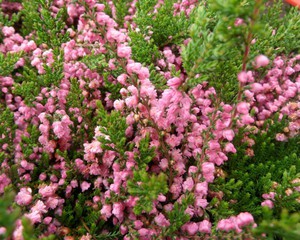 In nature, there is only one type of this plant - common heather. The creeping shrub is distinguished by slightly rising branches. They grow up to no more than 30 cm, but some forms of heathers have shoots 80 cm long. Numerous branches cover narrow small leaves, which can be of different colors.
In nature, there is only one type of this plant - common heather. The creeping shrub is distinguished by slightly rising branches. They grow up to no more than 30 cm, but some forms of heathers have shoots 80 cm long. Numerous branches cover narrow small leaves, which can be of different colors.
Small flowers on short legs form unusually beautiful inflorescences up to 25 cm long. The corolla and calyx of flowers are pink-lilac. There are different plant varieties, which differ in the shape and color of leaves and inflorescences. The leaves can be green, golden orange, or bluish-white. The shade of the inflorescences ranges from white to purple. Flowers bloom in July and continue to bloom until August. Heather seeds are formed in a 2.5 cm long capsule that has septa and four leaves.
Popular varieties
To date, more than 50 varieties of heather are grown in the gardens, of which three are the most famous:
- Red Favorit is a cushion-shaped plant. The diameter of its crown is 65 cm, and the height is 40 cm. Dark green leaves grow on broad, long, numerous branches. Pink dense inflorescences 10 cm long collected from double flowers.
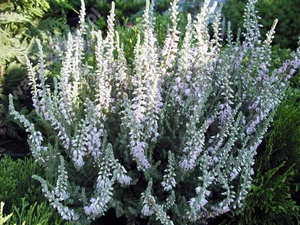 Silver Knight is a dense shrub with a height of 30 cm. It has a compact cushion shape and silvery-gray fluffy leaves. In winter, the leaf blade is purple in color. On upright branches, light purple or lilac inflorescences are formed. The variety loves well-lit areas and is not afraid of frost. However, it is recommended to cover it with spruce branches for the winter.
Silver Knight is a dense shrub with a height of 30 cm. It has a compact cushion shape and silvery-gray fluffy leaves. In winter, the leaf blade is purple in color. On upright branches, light purple or lilac inflorescences are formed. The variety loves well-lit areas and is not afraid of frost. However, it is recommended to cover it with spruce branches for the winter.- The Allegro cultivar is a compact, dense shrub with a height of 50 cm. It has a dark brown bark and scaly dark green leaves.Simple, shiny flowers have a carmine red hue. Flowering is profuse and long lasting. Shoots growing upward can grow by 10 cm in a year.
Common heather - cultivation features
The plant loves well-lit areas and can even grow in open areas. In the shade, its flowers become pale and bloom for a short time. So for heather it is recommended to choose semi-shady places next to low trees and bushes. It can be planted in gravel gardens, rockeries and alpine slides.
The soil
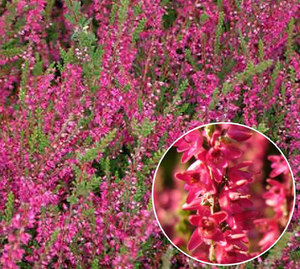 The plant is undemanding to the richness of the soil; it can grow even on poor sandy soils. Heather prefers acidic soil and dislikes calcareous soilon which its growth deteriorates. Most of all, an earthen mixture of the following composition is suitable for good growth and long flowering of a shrub:
The plant is undemanding to the richness of the soil; it can grow even on poor sandy soils. Heather prefers acidic soil and dislikes calcareous soilon which its growth deteriorates. Most of all, an earthen mixture of the following composition is suitable for good growth and long flowering of a shrub:
- coniferous land - 2 parts;
- sand - 1 part;
- peat - 3 parts.
To make the soil mixture acidic, ginger peat is used for its preparation.
Selection of seedlings
Heathers do not tolerate transplanting well, since they have a symbiosis with myceliums in the ground. Therefore, it is best to purchase shrubs in special containers, where the roots and mycorrhiza are completely preserved.
The plant differs in that retains flowers and foliage for a long time after death... Therefore, when choosing a shrub for your garden, you need to pay attention to the following points:
- The container should fit snugly against the root ball so that the roots do not get air and dry them.
- The soil should be slightly moist. Too wet soil leads to the death of roots and plants.
- Shoots should be both old and younger, light. They must be elastic, have many leaves and vegetative buds.
Landing features
In open ground, seedlings are planted in the fall at the end of September or in the spring, from the second half of April to the beginning of May. Experienced gardeners recommend spring planting of heathers, since during the season the plants will have time to take root and by the fall, with a gradual decrease in temperatures, their shoots will fully ripen and survive the winter without any problems.
When shrubs are planted in groups, the distance between them should be 30–40 cm. 12–15 weak-growing varieties are planted per square meter of the plot, and 6 to 8 plants for strong-growing ones. The hole should be so deep so that the soil reaches strictly to the level of the root collar... If the soils are clayey, then drainage is poured at the bottom of each hole, which may consist of broken brick and sand. Before planting, 50 g of horny flour and 30 g of nitrophoska are added to the wells. The planted bush is watered abundantly with 5–6 liters of water.
Heathers - care recommendations
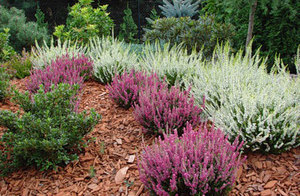 Throughout the season, and especially in dry summers, it is necessary to monitor the soil moisture in which heathers grow. Their compact root system with many small roots needs to be the topsoil was wet all the time... On hot days, the plant suffers from dry air and responds well to spraying, which must be done in the evening with water at room temperature.
Throughout the season, and especially in dry summers, it is necessary to monitor the soil moisture in which heathers grow. Their compact root system with many small roots needs to be the topsoil was wet all the time... On hot days, the plant suffers from dry air and responds well to spraying, which must be done in the evening with water at room temperature.
During care, heathers are fed with mineral fertilizers. To do this, you can use the Kemira Lux fertilizer diluted in water. During the season, the soil around the bushes must be cleared of weeds and shallowly loosened.
So that the soil does not dry out and does not become clogged with weeds, immediately after planting heathers it can be mulched. For this used chips of coniferous trees, peat, fern soil or large sawdust.
In spring, young shrubs are moderately pruned. Old plants pruning is done like thisto remove the part of the stem below the faded inflorescences. In this case, the shape of the crown should be preserved.
Heather shelter for the winter
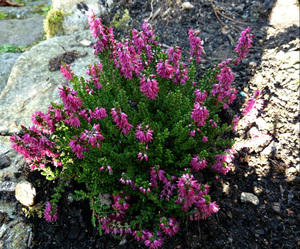 In early November, when the soil freezes to about -5 degrees, the trunk circles of the bushes are covered with dry foliage or peat. The layer thickness must be at least 10 cm... It is recommended to cover the plant itself with spruce branches, which will help:
In early November, when the soil freezes to about -5 degrees, the trunk circles of the bushes are covered with dry foliage or peat. The layer thickness must be at least 10 cm... It is recommended to cover the plant itself with spruce branches, which will help:
- Protect bushes from frost.
- Do not get the plants wet under the condensation that forms under the polyethylene.
- Create a new layer of mulch, which is formed from the needles fallen from the branches.
The shelter is removed in mid-April, peat is raked away from the root collar. Old spruce branches can be finely chopped up and used as mulch.
Reproduction of heathers
Plants can be propagated in three ways:
- dividing the bush;
- cuttings;
- seeds.
Dividing the bush
This is the fastest and easiest way to breed heathers, and takes place at the end of summer. They begin to prepare the bushes for division in early June. To do this, peat is scattered around them so that the root collar is 0.4-0.5 cm immersed in the soil. it necessary for growing new roots... In August, the plant is dug up and divided. The roots are cut into equal parts with a lump of earth.
Cuttings
At the end of summer, apical cuttings are cut from strong shoots of varietal heathers. To form a good root system, it is recommended to root them in separate containers filled with peat and sand. Caring for cuttings is keeping the substrate moist and feeding with microfertilizers and urea solution. Rooting should take place at an air temperature within + 15C- + 20C. Cuttings cannot be harvested from flowering shoots.
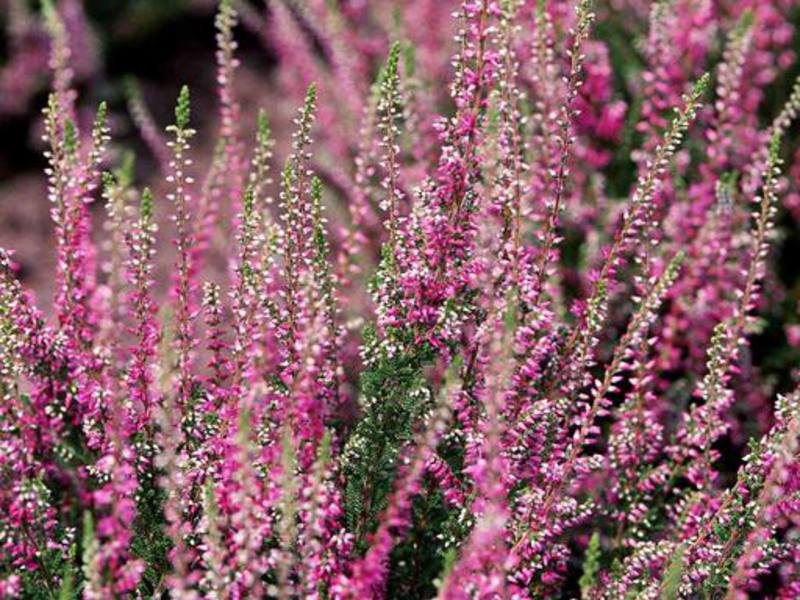
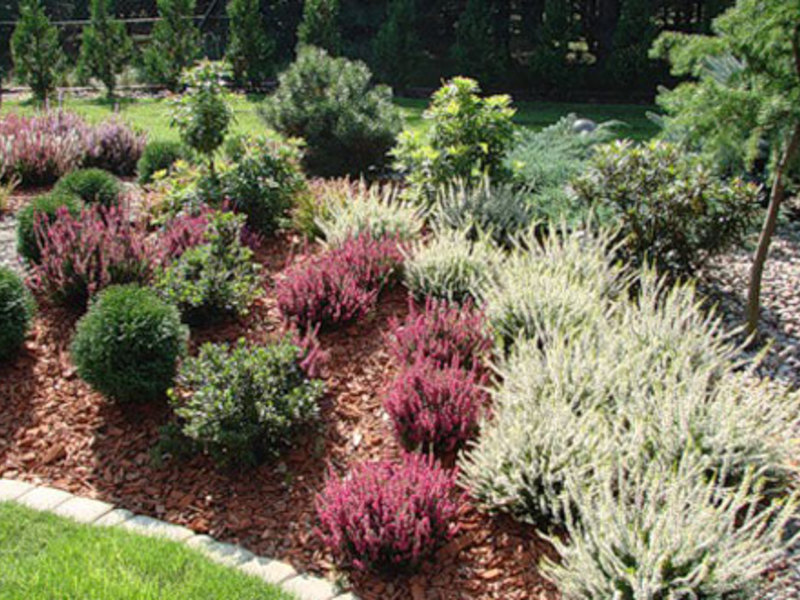
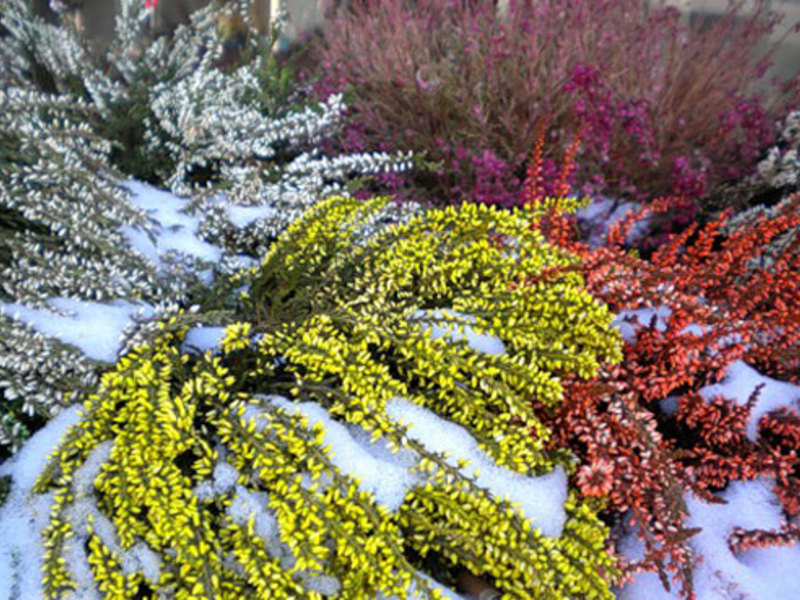
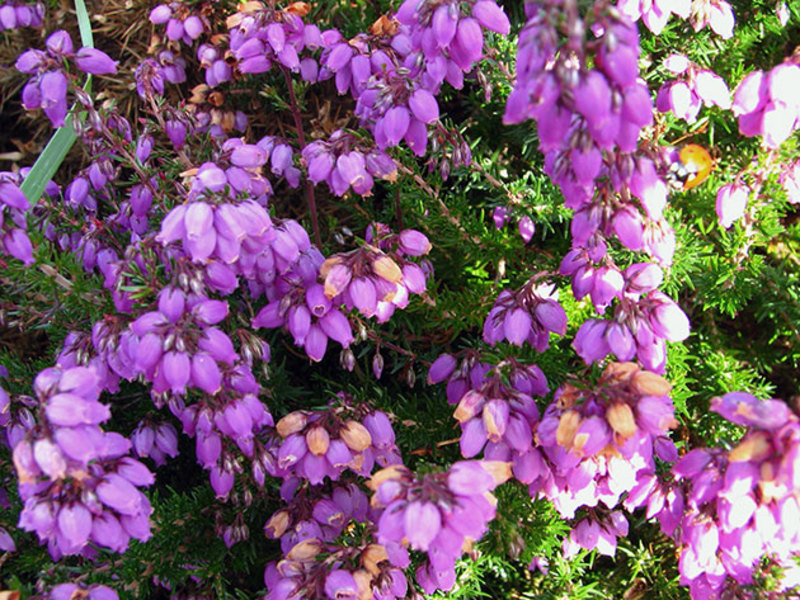
Seed propagation
Since heather seeds are small, best sown on soil surface into shallow containers. The earthen mixture should be of the following composition:
- sand - 1 part;
- peat - 2 parts;
- heather or coniferous land - 1 part.
At a temperature of 18–20 ° C, the first seedlings will appear in about a month. In the first week, it is necessary to create high humidity for them. In the summer, containers with seedlings are taken out to the site, hardened and grown. Already grown plants at the age of 1.5-2 years are planted in a permanent place.
The benefits of heather
The plant is an excellent honey plant, from which honey bees collect honey in autumn, when many plants have already faded. Dark yellow or red-brown aromatic, thick heather honey contains a lot of protein and minerals. For medicinal purposes, it is used for bronchial asthma, rheumatism, gout, urolithiasis. Honey has a diuretic effect and purifies the blood.
Heather flowers contain polysaccharides, essential oil, arbutin, flavonoids, therefore they are widely used in folk medicine. They are harvested during the period of mass flowering.... For this, the flowering tops are cut off and dried in a well-ventilated area.
Infusions used for colds, rheumatism, gout, kidney and bladder diseases... They are used as a diuretic, antibacterial and anti-inflammatory agent.
Heather flowers can be used to make drinks, syrups and brew tea. Not only tasty, but also healthy a drink made from heather honey and flowers. You need to drink it cold.
The syrup is made from fresh flowers that are steeped in boiling water. After a day, sugar is added to the infusion and everything is boiled. Highly delicious and vitamin tea obtained from a mixture of dried strawberry leaves, rosehip petals and heather flowers.
With the right planting and proper care, you can create a heath in your garden that looks like a picturesque carpet. Highly heathers look spectacular with dwarf conifers, rhododendrons, ferns and flowering shrubs. Usually they are planted with taller plants in the foreground.
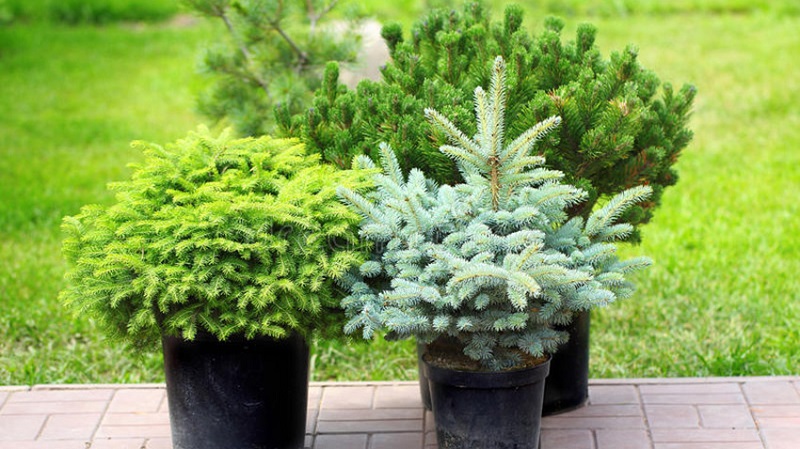

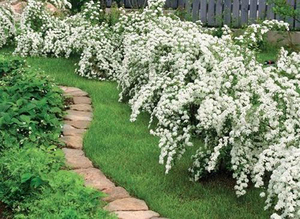
1 comment